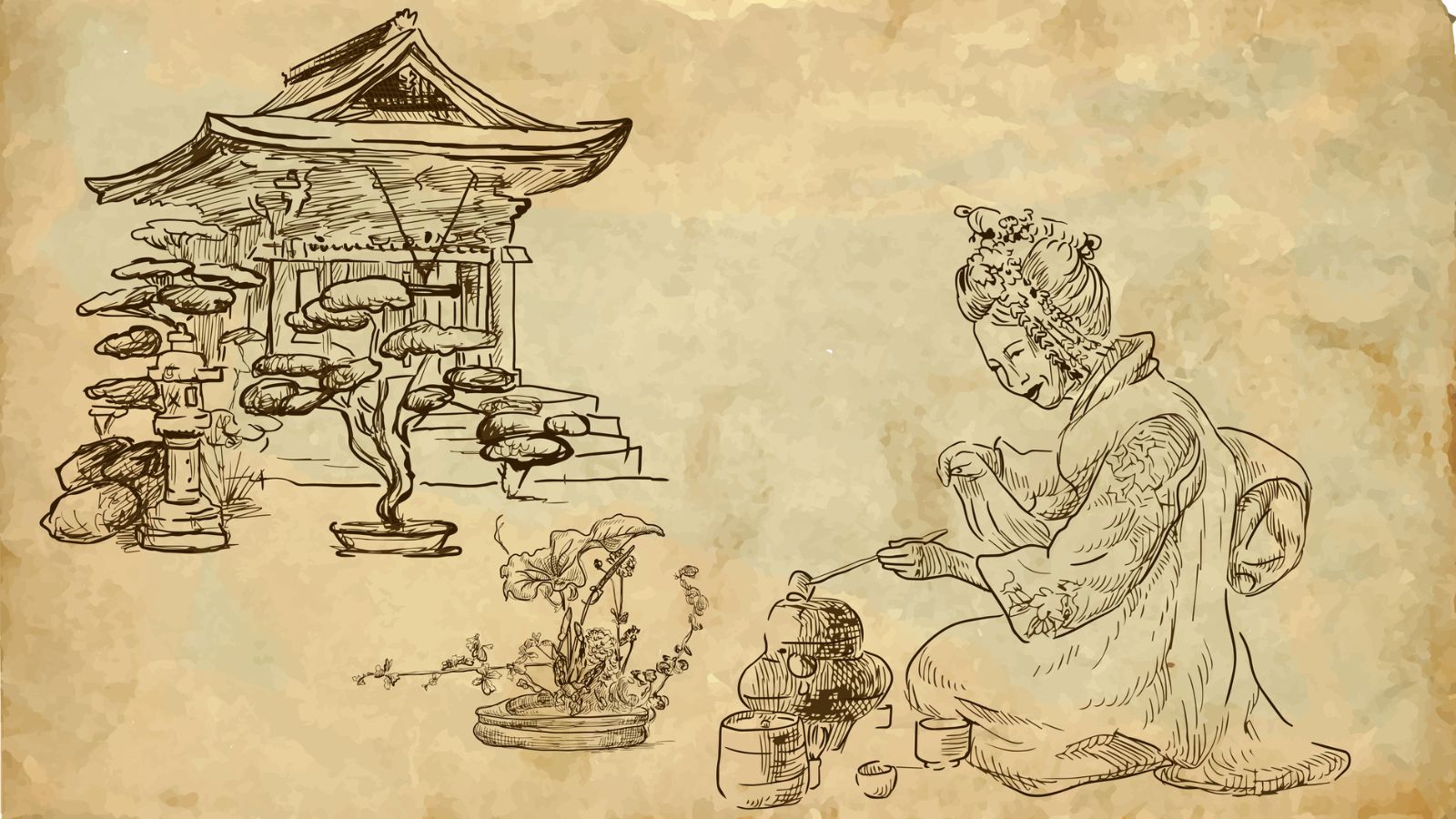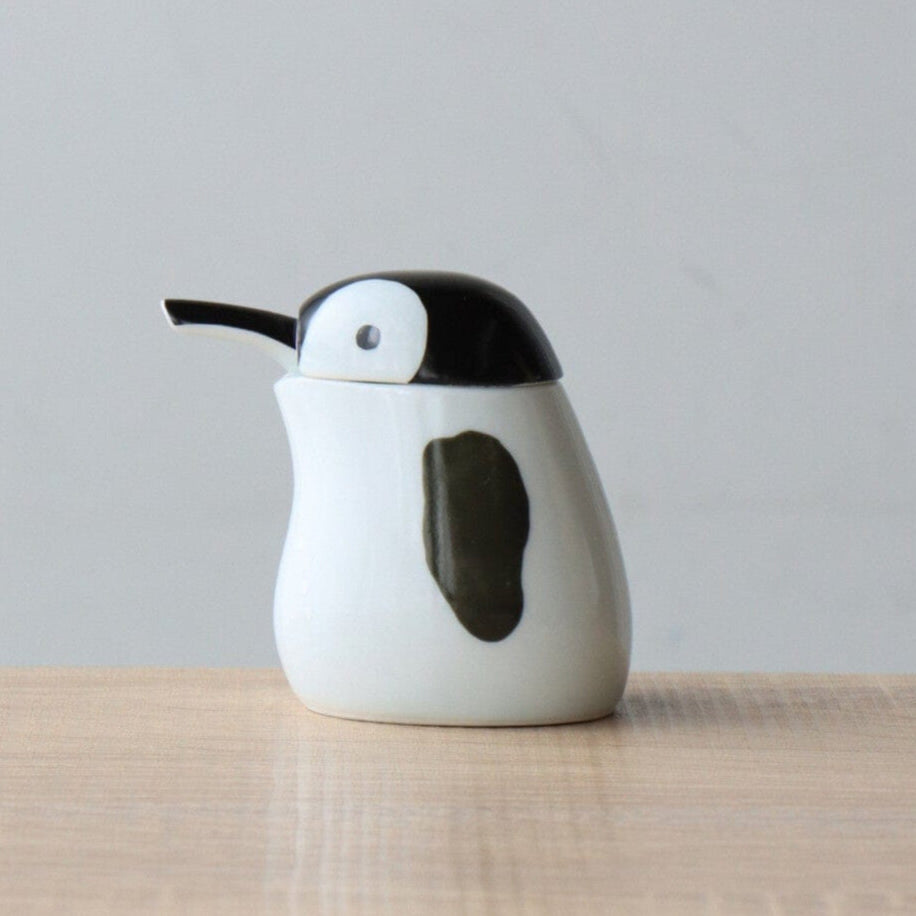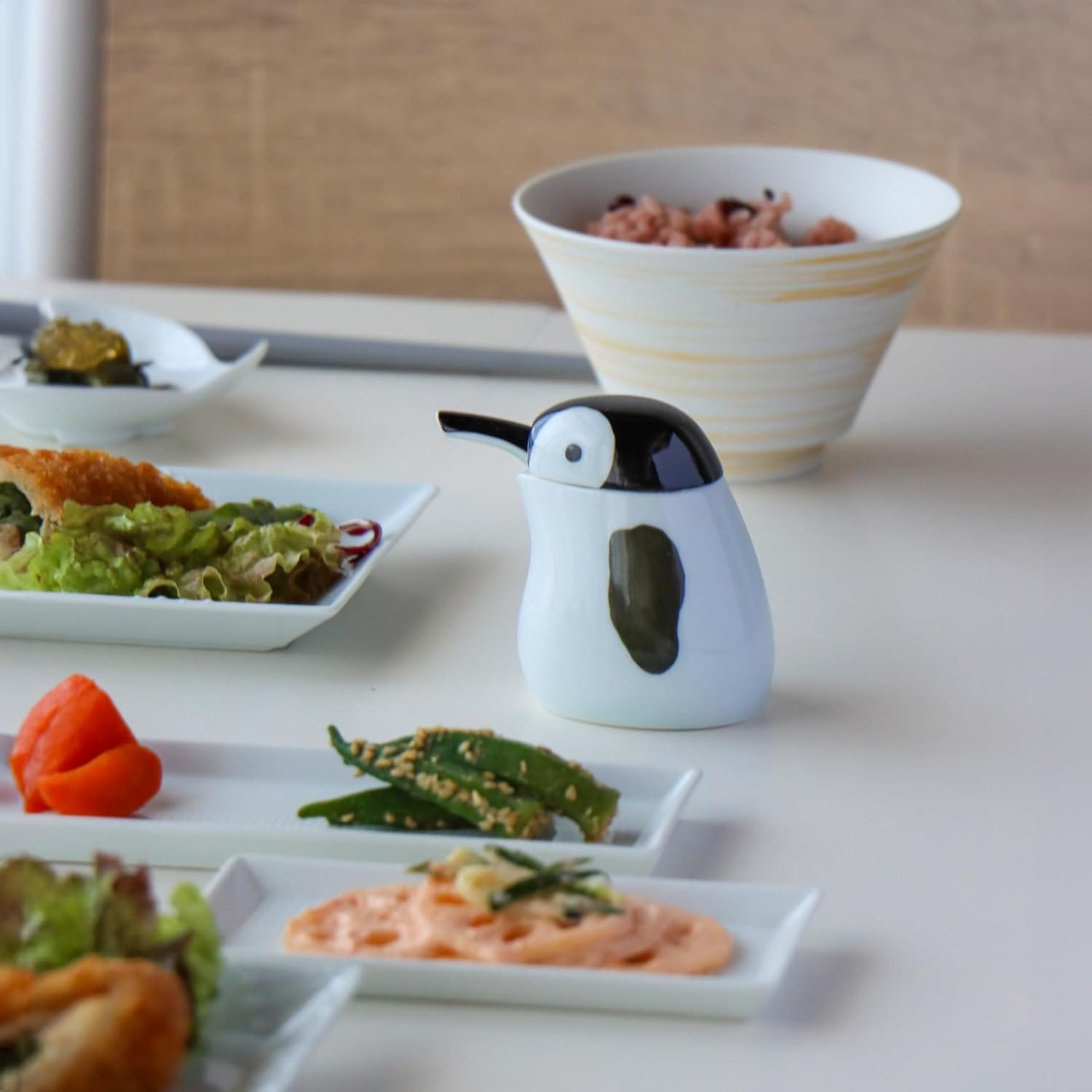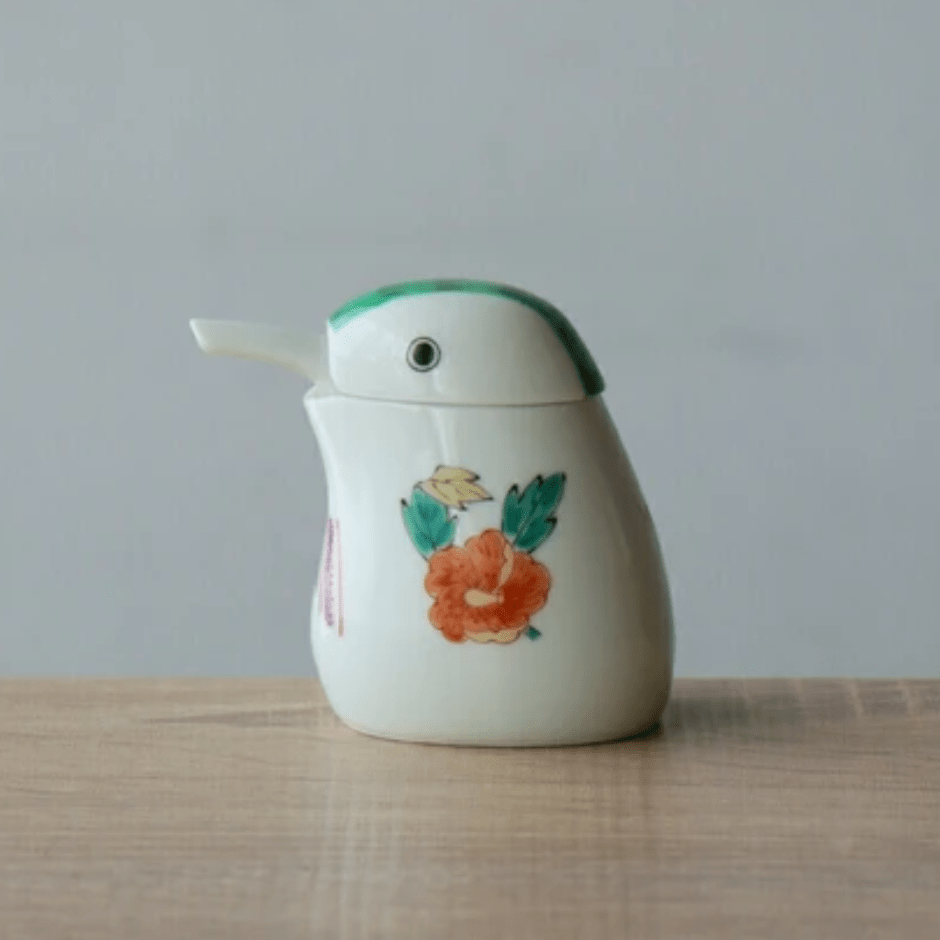A Splash of Umami… Forever?
Soy sauce (醤油 shōyu) is beloved in kitchens around the world. Whether you’re seasoning a steaming bowl of ramen, dipping sashimi into a ceramic kozara (小皿, small dish) or enriching your stir-fry with a burst of flavor, it’s easy to assume soy sauce lasts indefinitely.
But like all foods, even this seemingly immortal condiment has its limits. Understanding how long soy sauce lasts, how to store it properly and how to tell if it’s time to say goodbye is key for food safety, preserving flavor and honoring Japanese culinary tradition.
The Shelf Life of Soy Sauce: Opened vs. Unopened
How Long Does Soy Sauce Last?
Unopened soy sauce can last for years, especially when stored in a cool, dark place. Thanks to its high salt content and fermentation, it has natural preservative qualities. Most bottles display a best by date (an indicator of peak flavor, not spoilage).
Once opened, however, soy sauce begins a slow dance with air—what scientists call oxidation. While not dangerous, this process can dull its aroma, color, and flavor profile over time. Generally, opened soy sauce is best consumed within:
-
6 months to 1 year when stored at room temperature
-
1 to 2 years if refrigerated after opening
Keep in mind that light soy sauce tends to degrade faster than dark soy sauce, and tamari soy sauce (溜り) — made with little or no wheat — may be more sensitive depending on its formulation.
Signs Your Soy Sauce Has Gone Bad
It’s Not Dangerous… Until It Is
Most soy sauce doesn’t spoil easily but watch out for:
- Off odor: sour or rancid instead of savory
- Color changes: darker or cloudy
- Mold or floating particles
- Yeast film on the surface
- Sour, bitter taste
- Watery texture or altered viscosity
When in doubt, trust your senses. Soy sauce should enhance your food, not make you question it.

How to Store Soy Sauce Properly
Traditional Flavor Deserves Thoughtful Storage
In Japan, storing ingredients properly is a form of respect. Here’s how to do it:
- Unopened: Store in a cool, dark place away from heat and sunlight.
- Opened: Refrigerate, keep the cap tightly sealed and use clean containers.
Is It Okay to Use Expired Soy Sauce?
Expiration Isn’t Always the End
That expiration date (or Mindesthaltbarkeitsdatum, as it appears on some imports) is more about quality than safety. An expired bottle that’s been stored well may still be safe to use, but flavor degradation is real. Soy sauce that has oxidized may taste flat, overly salty, or sour.
When cooking Asian cuisine, where balance and nuance are vital, an off-flavored soy sauce can throw a dish off course. If your soy sauce exhibits any signs of spoilage, it's best to discard it. Holding onto old soy sauce out of thrift may seem resourceful, but honoring the ingredient means respecting its natural limits. Reducing food waste is important—but so is enjoying the meal.

Do All Soy Sauces Age the Same?
Not all soy sauces are created equal—and their shelf life and storage needs vary. Here's a quick breakdown:
-
Japanese-Style Soy Sauce (Shōyu): Often made with equal parts soy and wheat; fairly shelf-stable but benefits from refrigeration.
-
Tamari: Less wheat (or wheat-free), often used by those avoiding gluten; usually richer in flavor, and may be more sensitive to oxidation.
-
Dark Soy Sauce: Thicker, slightly sweet, longer-lasting.
-
Light Soy Sauce: Saltier, more prone to flavor degradation.
-
Western or Chinese Soy Sauces: May contain added preservatives or flavoring agents that affect longevity.
Choosing the right soy sauce for your dish—and storing it properly—is a small yet impactful way to bring more depth, authenticity, and respect to your cooking.
Infused Soy Sauce: Definition, Examples & Storage Considerations
Infused soy sauce is a variation of traditional soy sauce that has been enhanced with additional flavoring agents. This process imparts new aroma, complexity, and depth to the sauce, making it a versatile ingredient for finishing, dipping, or even as a base for other dishes.
What Is Infused Soy Sauce?
Infused soy sauce starts with a base of traditionally brewed soy sauce either light (usukuchi) or dark (koikuchi) and incorporates ingredients such as:
- Aromatics: Garlic, ginger, scallions
- Spices: Chili peppers, sanshō (Japanese pepper), star anise
- Fruits: Yuzu, sudachi, or ume (Japanese plum)
- Seafood or Umami Boosters: Bonito flakes (katsuobushi), kombu (kelp), dried shiitake mushrooms
- Herbs and Others: Shiso, citrus zest, wasabi
These ingredients are either steeped in the soy sauce (cold or warm infusion), or simmered briefly to extract flavor before being strained out.
Common Examples of Infused Soy Sauce
- Yuzu Shōyu (柚子醤油): Infused with yuzu citrus juice or zest. Popular as a dipping sauce for sashimi, cold tofu, or tempura.
- Ponzu Shōyu (ポン酢醤油): A blend of soy sauce, citrus (usually yuzu or sudachi), rice vinegar, mirin, and dashi. Tangy and umami-rich, used with shabu-shabu or grilled meats.
- Garlic or Chili Soy Sauce: Common in izakayas or home kitchens for topping grilled meats or noodles.
- Kombu and Katsuobushi Infused Soy Sauce (出汁醤油 / Dashi Shōyu): A deeply umami-rich soy sauce used to enhance cold soba, simmered dishes, or salad dressings.
- Ume Shōyu (梅醤油): Uses pickled plum to add tartness and fruity notes. Often paired with vegetables or white fish.
Refrigeration Is Recommended
Although infused soy sauce can increase the shelf life of soy sauce it should still be refrigerated. Even if the label doesn’t explicitly state it, refrigeration slows down microbial growth and oxidation, especially for sauces with fresh ingredients like garlic, yuzu juice, or chili.
Serving Tip: Pair Function with Beauty
As you learn to appreciate the care that goes into preserving soy sauce’s rich umami, why not consider the vessel it’s served in? A hand-thrown dipping bowl, a minimalist glazed kozara, or even a traditional Japanese cruet can turn a simple act—like dipping sushi—into an elevated experience.
Japanese artisan tableware isn’t just about looks. It’s about enhancing the moment, turning every meal into a multisensory experience. That same philosophy—beauty in function—applies whether you’re brewing matcha or sharing a weeknight tofu stir-fry.

Final Thoughts: Respecting the Ingredients, Honoring the Craft
Yes, soy sauce can go bad, but stored and used mindfully, it remains an essential part of Japanese cuisine. Recognizing spoilage signs and storage needs helps you enjoy it at its best.
And while you’re checking your bottle, consider how the right artisan-made dipping dish or bowl can bring joy and authenticity to every pour.











![Kingfisher Soy Sauce Dispenser [Green] Kingfisher Soy Sauce Dispenser [Green]](http://myjapaneseworld.com/cdn/shop/files/kingfisher-soy-sauce-dispenser-green-1210373073.jpg?v=1765169506&width=1000)
![Soy sauce dispenser Kingfisher [Green] Soy sauce dispenser Kingfisher [Green]](http://myjapaneseworld.com/cdn/shop/files/soy-sauce-dispenser-kingfisher-green-1207381148.jpg?v=1765164974&width=3024)



Share: